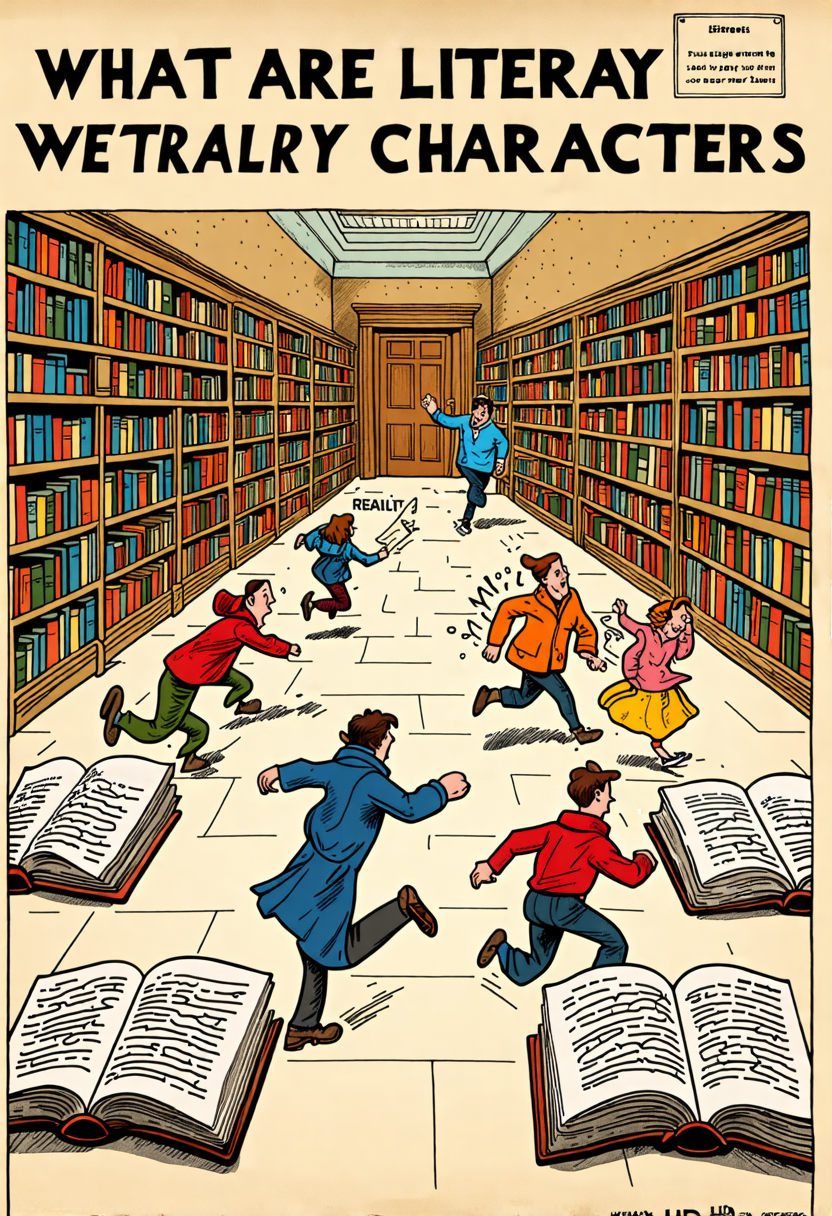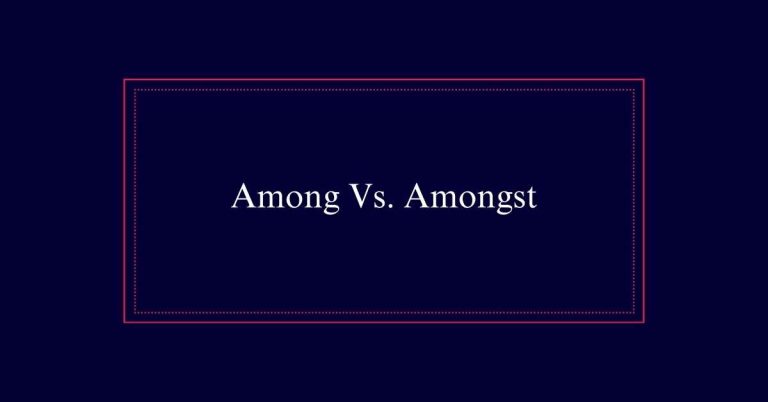What Are Literary Characters?
Literary characters are the personas, creatures, or entities that exist within a narrative. They serve to engage readers, shape the plot, and convey themes. Characters can be humans, animals, mythical creatures, or even inanimate objects. Their roles range from major characters like protagonists and antagonists, who drive the story, to minor characters who add depth. Through direct and indirect characterization, authors develop complex and relatable figures. Characters also have arcs, showing their growth or decline over time.
Definition of Literary Characters
A literary character is a person, creature, or entity created by an author to participate in a narrative. These characters can be human beings, animals, aliens, mythical creatures, or even inanimate objects. The purpose of these characters is to engage readers, immerse them in the story, and help convey the author’s themes and messages.
Characters are often crafted with specific traits, personalities, and backgrounds, giving them depth and making them relatable. This variety allows authors to explore different facets of the human experience, providing readers with a broad spectrum of perspectives and emotions. By designing compelling characters, authors can create powerful narratives that resonate with and captivate their audience.
Role of Characters in Stories
Characters are not only participants in a narrative but also the driving force that propels the story forward. They shape the plot through their actions, decisions, and growth. Characters introduce conflict, which is essential for creating tension and interest. Their interactions reveal the story’s themes and messages.
Through their experiences, readers gain insights into diverse perspectives and emotions. Characters also serve as a conduit for readers to connect with the narrative on a personal level. By embodying human traits and struggles, they evoke empathy and engagement.
Well-crafted characters make the story relatable, memorable, and impactful. Ultimately, characters are the heart of the narrative, making it vivid and compelling.
Different Forms of Characters
In literature, characters can manifest in various forms, ranging from humans to mythical creatures and beyond. These diverse forms enrich the narrative and engage readers by introducing unique perspectives and dynamics.
Here are four common forms of characters:
- Human Characters: These are the most relatable and include protagonists, antagonists, and supporting roles.
- Animals: Often anthropomorphized, they can serve as primary or secondary characters with human-like traits.
- Mythical Creatures: Beings like dragons, fairies, and gods add an element of fantasy and wonder.
- Inanimate Objects: Objects brought to life through personification, such as talking clocks or enchanted items, offer creative storytelling opportunities.
Major and Minor Characters
Major and minor characters serve distinct purposes in literature, driving the plot and enriching the narrative. Major characters, such as protagonists and antagonists, are central to the story. They often undergo significant development and face key conflicts. Their journeys and transformations shape the core of the plot.

In contrast, minor characters support the main storyline. They include foils, who highlight traits of the major characters, and static or dynamic characters, who either remain unchanged or evolve throughout the narrative. While minor characters may not receive extensive development, they add depth and complexity.
Understanding Protagonists
Among the major characters, protagonists stand out as the central figures driving the narrative forward. They are often the characters with whom readers form the strongest connection. Protagonists face challenges, seek goals, and experience growth throughout the story. Their journey is vital to the plot’s progression and thematic development.
To understand the role of protagonists, consider the following key points:
- Central Role: Protagonists are the main focus of the story.
- Conflict and Growth: They encounter and overcome obstacles.
- Reader Connection: They elicit empathy and engagement.
- Narrative Drive: Their actions propel the plot forward.
Exploring Antagonists
Antagonists challenge protagonists and create the central conflicts that drive the narrative. They are essential for adding tension and complexity to the story.
Antagonists can take various forms, including individuals, groups, or even abstract forces like nature or society. Their primary role is to oppose the protagonist’s goals, creating obstacles that the hero must overcome. This opposition highlights the protagonist’s strengths and weaknesses, contributing to character development.
Antagonists are not always evil; sometimes, they are simply individuals with conflicting interests. Understanding the antagonist’s motivations and background can add depth to the story, making the conflict more compelling. Effective antagonists are vital for a well-rounded and engaging narrative.
Character Archetypes
Character archetypes are recurring symbols or motifs in literature that represent universal patterns of human nature. They are familiar roles that readers can recognize and understand. These archetypes help writers create relatable and memorable characters.
Some common archetypes include:
- The Hero: Sets out on a journey, faces challenges, and grows stronger.
- The Mentor: Provides wisdom, guidance, and support to the hero.
- The Everyman: Represents the common person, relatable and grounded.
- The Trickster: Uses wit and humor to challenge the status quo.
These archetypes resonate with readers because they reflect fundamental aspects of the human experience. By using archetypes, authors tap into shared cultural stories and enhance the depth of their characters.
Direct Vs. Indirect Characterization
How do authors reveal the personalities and traits of their characters effectively? They use direct and indirect characterization.
Direct characterization happens when the author explicitly describes a character’s traits. For example, “John was a kind and generous man.” This approach leaves no ambiguity about the character’s nature.
Indirect characterization, on the other hand, reveals traits through actions, speech, thoughts, and interactions. For instance, showing John helping a stranger in need allows readers to infer his kindness. This method engages the reader’s imagination, making the character more vivid and relatable.
Both techniques are essential in crafting well-rounded characters, offering a balanced view of their complexities and making them more memorable.
Character Development Techniques
To create compelling characters, authors employ various techniques that allow for nuanced growth and transformation throughout the narrative. These techniques guarantee characters are multi-dimensional and relatable.
Key methods include:
- Backstory: Giving characters a detailed past helps explain their motivations and actions.
- Internal Conflict: Presenting characters with inner struggles adds depth and makes them more realistic.
- External Conflict: Situations that challenge characters force them to grow and adapt.
- Relationships: Interactions with other characters reveal traits and foster development.
Frequently Asked Questions
How Do Cultural Backgrounds Influence Character Creation?
Cultural backgrounds shape character creation by influencing their values, behaviors, and perspectives. They provide a rich context for authenticity, enabling characters to reflect diverse experiences, traditions, and social dynamics, enhancing the depth and realism of the narrative.
Can Characters Represent Societal Issues or Themes?
Yes, characters can represent societal issues or themes. Through their actions, dialogues, and conflicts, characters reflect social realities, challenge norms, and highlight issues such as inequality, justice, and identity, making the narrative more impactful.
What Are Some Common Pitfalls in Character Development?
Common pitfalls in character development include creating one-dimensional characters, inconsistent behavior, lack of growth, and failing to integrate characters meaningfully into the plot. Steer clear of clichés and make sure characters evolve logically and contribute to the narrative.
How Do Authors Ensure Character Consistency Throughout a Story?
Authors maintain character consistency by upholding detailed character profiles, tracking traits, motivations, and behaviors. They also frequently review previous chapters to align character actions and dialogue with established personality traits and development arcs.
Can Minor Characters Have Significant Impacts on the Plot?
Minor characters can greatly impact the plot by influencing major characters’ decisions, providing essential information, or triggering key events. Their roles, though smaller, often serve to advance the storyline and enrich the narrative.







